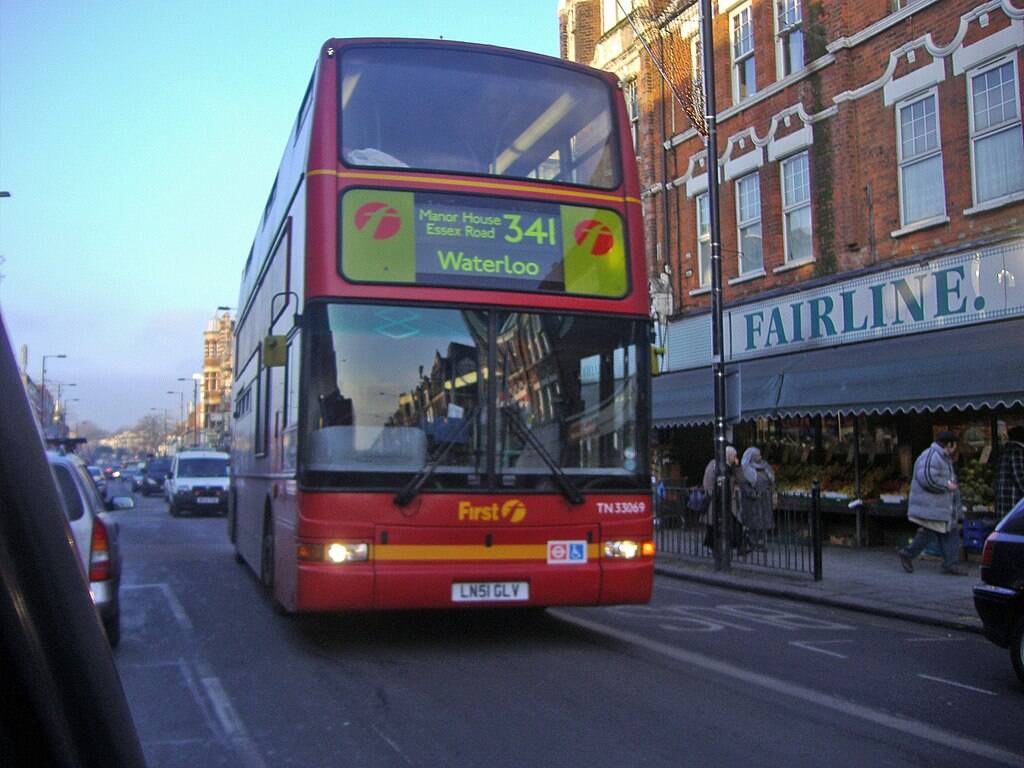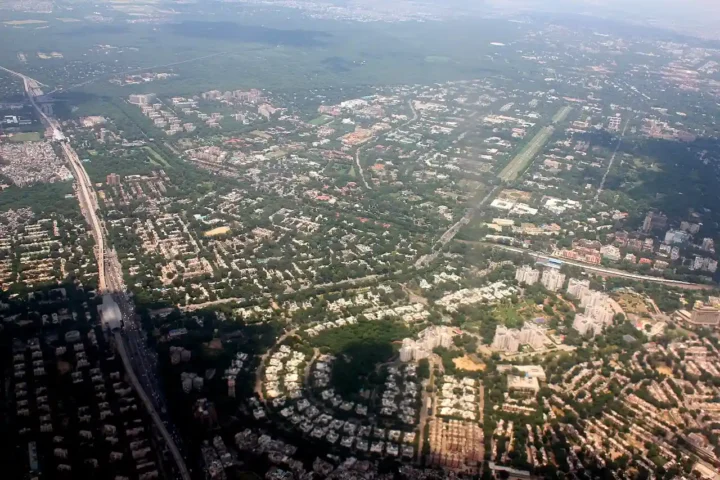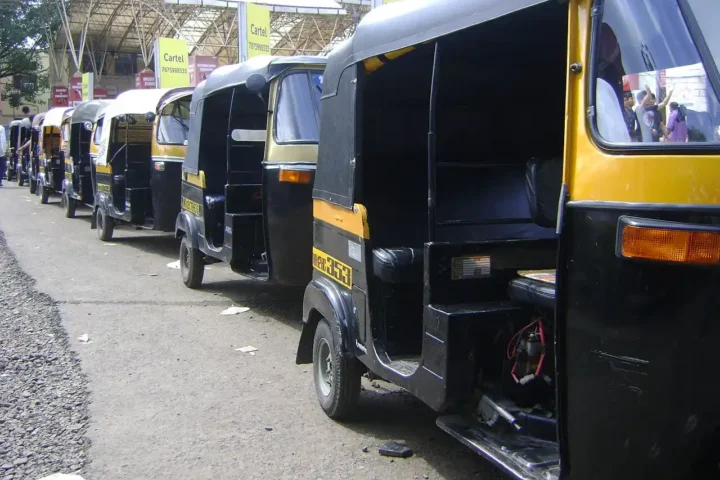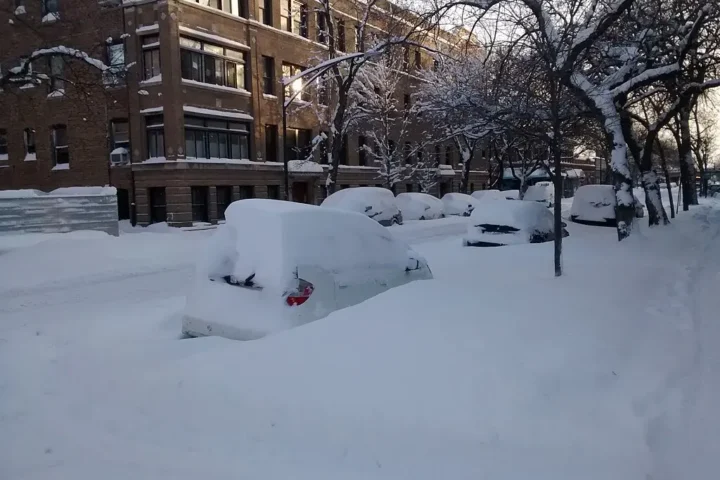TfL has earmarked £87.6 million this year to help London boroughs upgrade their streets, representing a major boost in local transport funding. The funding, which represents a 9% increase from last year, aims to create safer, healthier and greener travel options for Londoners.
The funds will support construction of new bike paths, walking crossings, and special zones near schools to keep children safe when traveling to class. This funding kicks off the initial phase of a three-year partnership between TfL and the capital’s local councils.
Christina Calderato, TfL’s Director of Strategy, highlighted the critical role boroughs play in improving local transport: “This investment will enable boroughs across the capital to tackle road danger, increase the reliability of our bus network and contribute to the continued expansion of Cycleways in London.”
Subject to continued funding in future years, the boroughs have outlined plans to deliver:
- Up to 95km of new cycle routes to expand London’s network of Cycleways
- Up to 222 new School Streets schemes, adding to the roughly 700 already in place
- Up to 265 new pedestrian crossings in local neighborhoods
- At least 20km (12.5 miles) of new bus lanes to improve service reliability
This increased investment supports the mayor’s Vision Zero plan, which seeks to completely end fatal and serious injuries on London’s transport system by 2041.
Will Norman, London’s Walking and Cycling Commissioner, emphasized the environmental aspects of the investment: “Creating greener and safer streets in London will enable more people to choose active travel to get around, and this is vital to achieving the Mayor’s environmental targets.”
Similar Posts
However, the distribution of funds has raised questions, as 14 boroughs will not receive any money from the safer streets fund. Among these are outer boroughs like Bexley, Bromley and Havering, plus central areas including the City of London, as well as Kensington and Chelsea, Wandsworth, and several others.
The amounts offered to participating boroughs vary widely, from £5 million for Barking and Dagenham to just £841,000 for Kensington and Chelsea.
Over the past three years, London’s boroughs have already delivered 190 School Streets, 289 new pedestrian crossings, and established more than 100 low traffic neighborhoods across the capital.
The funding will also support the installation of parking bays for e-scooters and e-bikes, with £4.1 million specifically allocated for this purpose.
TfL commissioner Andy Lord noted that the investment would support “strong progress against Vision Zero,” including implementing “lower speeds in many locations and 10 schemes to tackle danger at junctions.”
With 95% of London’s roads controlled by borough councils, their participation is essential to the success of London’s transport network and the city’s economic health.
The boroughs apply for funding based on proposals that align with the Mayor’s citywide transport strategy, which aims to reduce car use, improve road safety, and increase cycling, walking, and public transport usage.

Road safety improvements already planned include enhanced pedestrian crossings at Redcliffe Gardens in Kensington and Chelsea and a new “straight across” crossing on King’s Cross Road at the junction with Pentonville Road, scheduled for completion by the end of July. Lambeth bridge will also be closed occasionally throughout the year as work continues to make the junction with Millbank and Horseferry Road safer.


















